RECOMMENDED NEWS
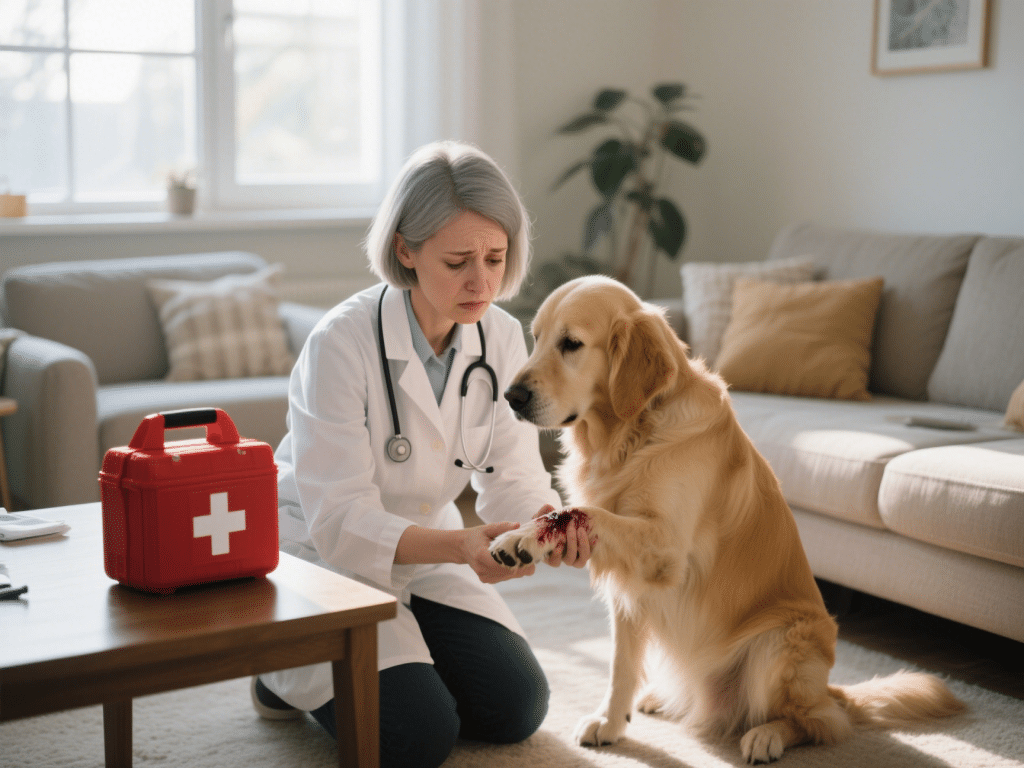
How to Recognize and Treat Common Pet Injuries
How to Recognize and Treat Common Pet Injuries: Essential First Aid for Dog and Cat OwnersAccidents ...
Read More →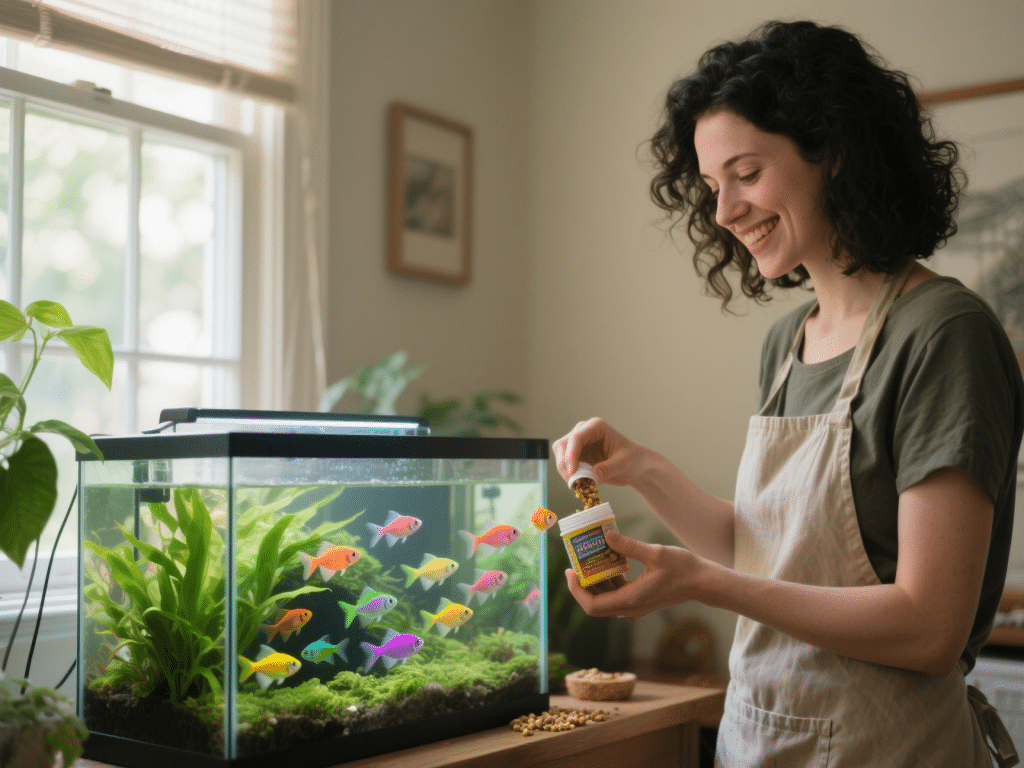
How to Care for Pet Fish: A Beginner’s Guide
IntroductionStarting an aquarium brings tranquility and beauty to your home, but improper care risks...
Read More →
How to Choose the Right Pet for an Apartment: Considerations and Tips
Choosing a companion for apartment living requires careful consideration beyond simple preference. L...
Read More →
How to Help Your Pet Adjust to a New Home
Helping Your Pet Thrive in a New EnvironmentMoving homes is exciting yet stressful, especially for p...
Read More →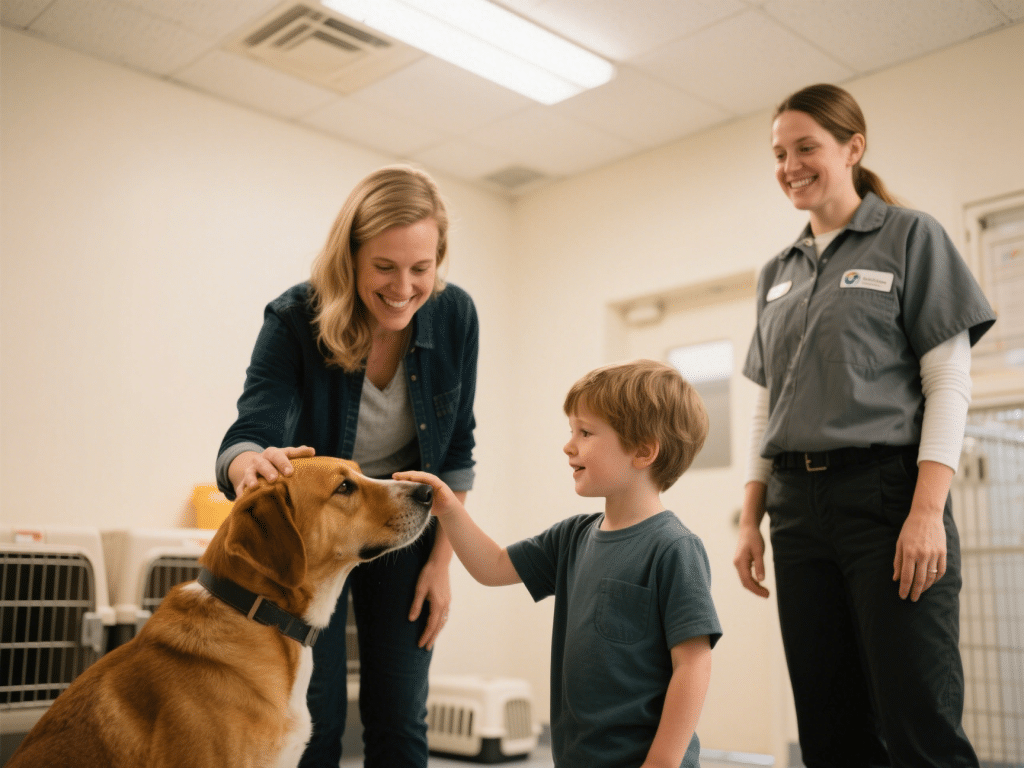
The Best Practices for Adopting a Pet from a Shelter
The Rewarding Path to Shelter Pet AdoptionBringing a shelter pet into your home transforms lives—y...
Read More →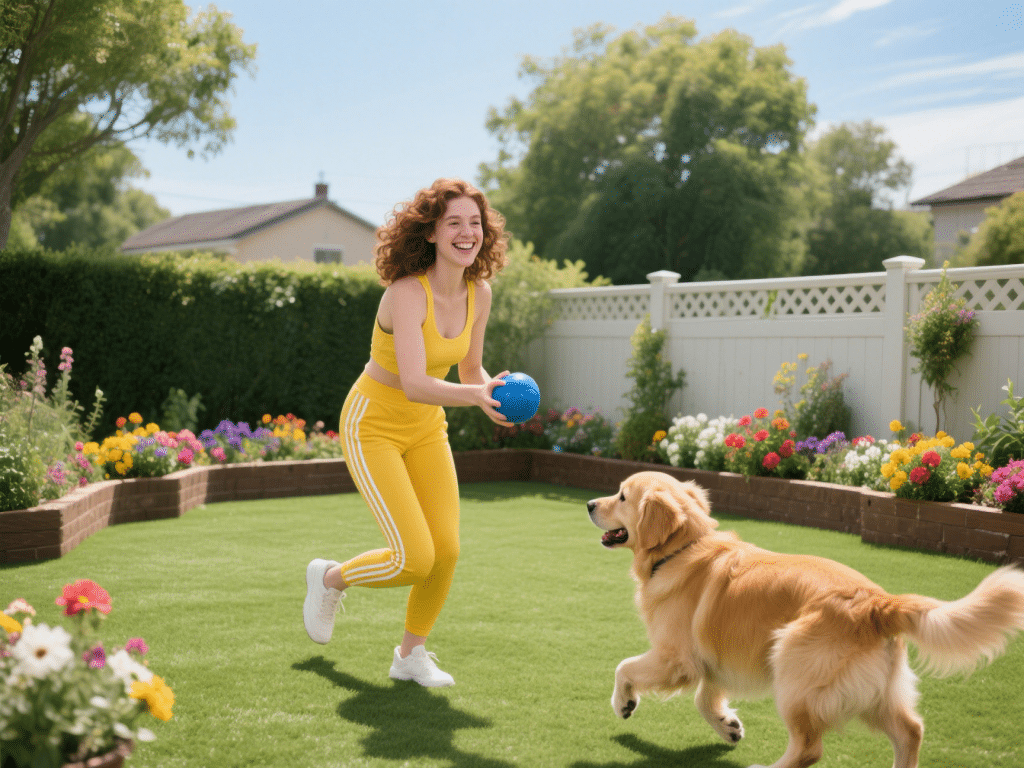
How to Build a Pet-Friendly Garden: Tips for a Safe Outdoor Space
Creating a Sanctuary: Your Pet-Friendly Garden BlueprintDesigning a garden that delights both you an...
Read More →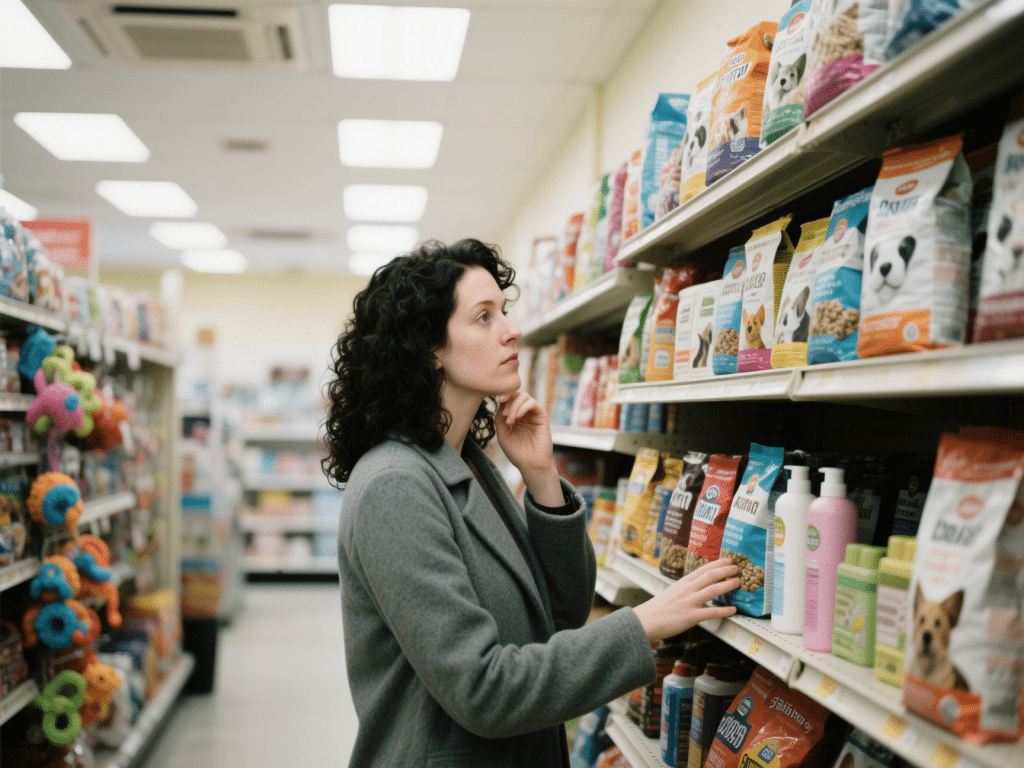
How to Choose the Best Pet Supplies: A Comprehensive Buyer’s Guide
How to Choose the Best Pet Supplies: A Comprehensive Buyer’s GuideNavigating the vast world of pet...
Read More →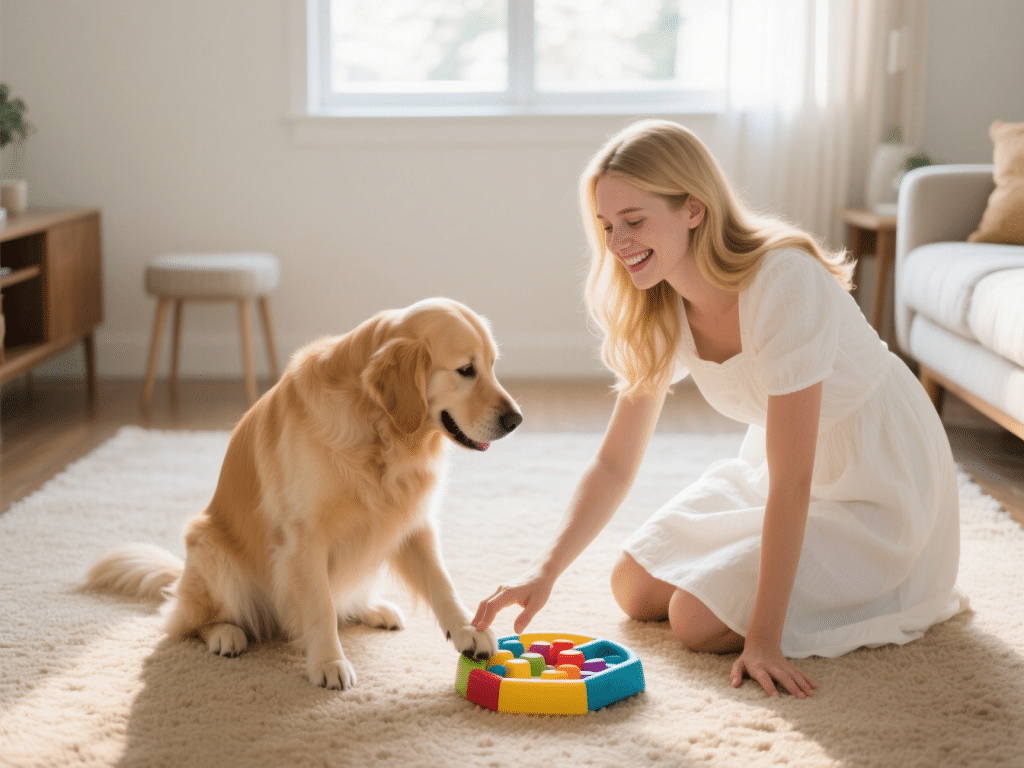
Pet Enrichment: Creating a Stimulating Environment for Your Pet
Beyond Basics: Why Pet Enrichment is EssentialEnrichment isn’t luxury; it’s fundamental to pet w...
Read More →
Nutrition for Pets: What Every Pet Owner Should Know
Nutrition for Pets: What Every Pet Owner Should KnowProper nutrition forms the cornerstone of your p...
Read More →
Comments on "How to Keep Your Pet Hydrated: Tips for Proper Water Intake" :